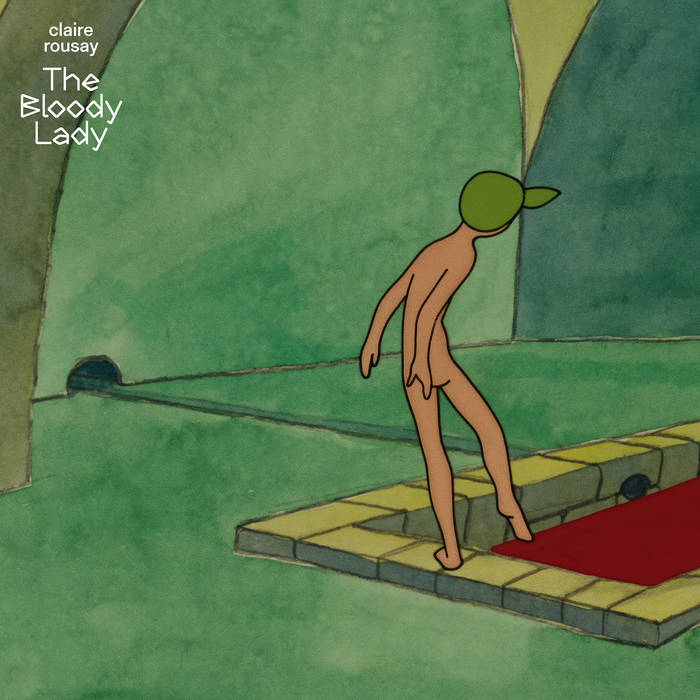Ten minutes into Viktor Kubal’s 1980 animated film The Bloody Lady, a whimsical world turns evil. A noblewoman who’d spent her morning playing with anthropomorphic animals gets caught in a ferocious storm. Delirious, she stumbles into an isolated house where a kind stranger cares for her. In thanks, she hands him her heart and returns home. From there, animals and humans start to be abused. A grisly killing spree begins as she gets a taste for bathing in blood.
Kubal, a pioneer in animation who’d created the first feature-length Slovak animated film with Zbojnik Jurko, was inspired by the legends of Čachtická Castle when writing, directing and animating The Bloody Lady. The castle now stands as ruins in the Slovakian village of Čachtice, close to the Hungarian border. It was home to Elizabeth Báthory, an alleged serial killer from the sixteenth century whose life was distorted and immortalised through folktales.
Claire Rousay’s The Bloody Lady is a reimagined soundtrack for Kubal’s movie. She recorded the album at her home studio in LA. Prior to that, she’d visited Čachtická Castle while on tour in Europe, taking field recordings in the surrounding forests and, significantly, considering a tavern is one of the key settings in the film, at a local bar. These field recordings thread into the record, a smattering of bird song on ‘iii’, what sounds like a crackling fire on ‘v’. But concrete sounds and diaristic elements are used sparsely relative to Rousay’s previous records. Through shimmering electronics, sombre piano and gently plucked strings, the melodicism and sensitivity to texture underpinning so much of her work take centre stage.
Held and extended tones underpin many of these short tracks. Even the album’s most animated moment, the fluttering ‘x’, is carried on the hum of slow striding organ. In Rousay’s hands these floating tones are delicate and flickering rather than solid and unwavering. More akin to a condensation drenched window to sketch blurry figures on than a rigid droning backdrop.
This foggy, dream-like quality is crucial. Kubal’s film already has a soundtrack. Composed by Slovak composer Juraj Lexmann, it roves from folky vocal melodies into ominous whispered chants, sinister organ interjections and sideways pivots into synthy rock. Lexmann amplifies the more slapstick moments and melodramatic extremes of The Bloody Lady. Rousay foregrounds something different. A sense of delirium and a melancholic undertow. Through her soundtrack, a closing moment of tenderness at the film’s end which could easily be overshadowed in the gory extremes gets new context.
There’s a risk in a project like this – an artist soundtracking a film from another culture – of seeming like a vapid attempt to find an exotic muse. But Rousay evades that through deep exploration of what the film might contain, the different resonances it could have forty-odd years later. We hear a personal connection rather than cack-handed appropriation. Watching The Bloody Lady accompanied by Rousay’s soundtrack unearths new elegance and poignancy. Reanimating it with a new interpretation rather than treating it as an inert novelty to hijack.


